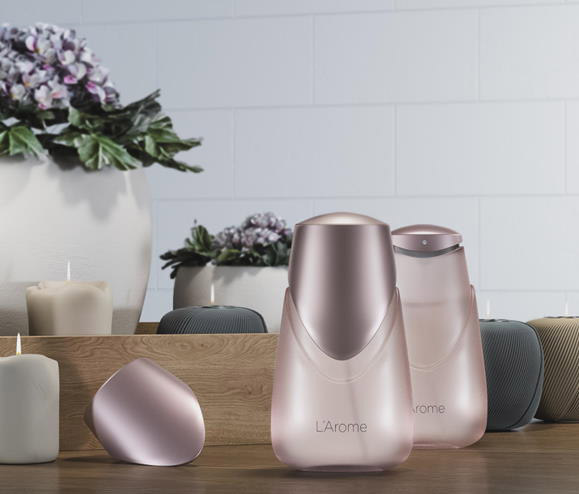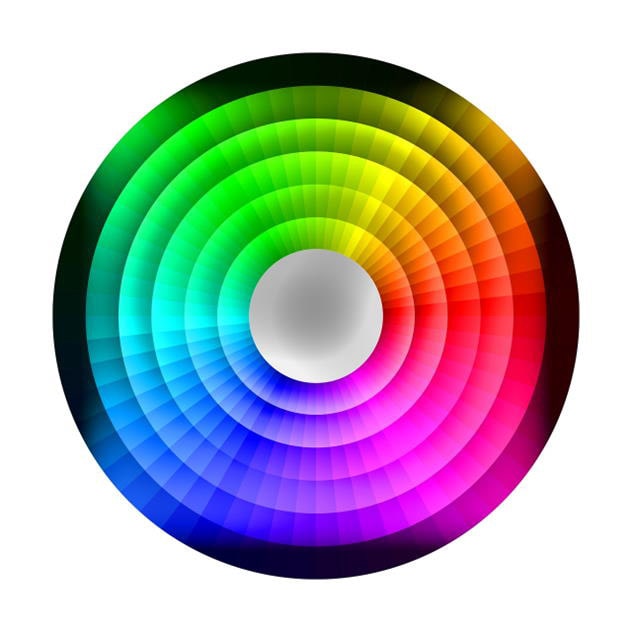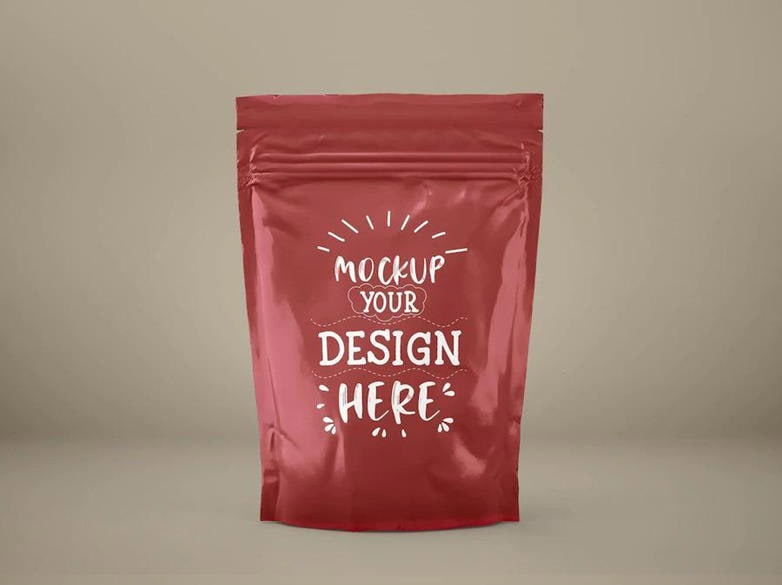
This study helps you in understanding the Importance of Colour Theory in Packaging. Researchers have discovered that 60-90% of people make rapid judgments about things based just on color with regards to creative package design in an article published in the Journal of Management History titled Impact of Color on Marketing. Other statistics include:
- 25% of responders believed color helps recollection of crucial facts in materials.
- When new ideas are given in color, 69% of respondents say they comprehend them better.
- 76% of respondents believe that color printing allows them to access information more quickly. This study helps you in understanding the Importance of Colour Theory in Packaging
When applied to a packaging and point-of-sale discussion. This data informs us that we should be very concerned with how color is used on our packaging to make a connection with shoppers from the store shelf.

For years, marketers have been harnessing the psychological impact of color in their professional choices for creative package design. Even if you’ve never done any research on the subject, you probably already connect green with fresh, health-conscious, or earthy companies. We’re all guilty of it. Colors elicit specific thoughts and perceptions, which marketers understand and employ to their advantage when creating logos and branded goods. these are valid points that well explains the Importance of Colour Theory in PackagingKeeping these preconceptions in mind throughout the end-to-end packaging solutions process is critical.
Case Study at University of British Columbia
Researchers at the University of British Columbia presented a group of students with fake advertisements and evaluated their responses after seeing different colors.
Red provided a favourable assessment of the fictitious product. Blue conjured forth ideas of water and serenity: oceans, openness, peace, and calm. They discovered that blue in product packaging was effective at achieving certain goals in consumers’ minds—a brightening toothpaste that prevents tooth decay—while red was best at eliciting an emotional reaction and triggering memory.
While certain colors are strongly associated with specific traits (for example, brown with “ruggedness,” black with “sophistication” and “luxury,” and red with “passion”). Most design and branding professionals agree that it is far more important for a brand’s colors to support its personality and messaging rather than reinforcing color association stereotypes.
Colour usage in creative package design and consumer impressions of a brand’s personality have a strong association. It is significantly more crucial to predict consumer reactions to a product’s color and bespoke packaging design than the color itself. Keep in mind that branding and packaging design can be aspirational – Purchases represent how the customer wants their lifestyle to be, not how it is.
There are no hard and fast rules or standards for selecting a brand’s colors and packaging color strategy. Instead, capture delicate feelings, moods, and brand images with end to end packaging solutions since they have the most persuasive power.
What is Colour Theory?

Color theory is a set of rules and guidelines used by designers to connect with consumers through visually appealing color schemes in visual interfaces. Designers employ a color wheel and considerable collected knowledge about human optical ability, psychology, culture, and more to select the ideal colors every time for creative package design.
When Sir Isaac Newton constructed the color wheel in 1666, he founded the color theory. Newton saw colors as human perceptions of light wavelengths rather than absolute properties. He defined three groupings by categorizing colors systematically:
-
Primary Colors (red, blue, yellow)
-
Secondary Colors (Blends of primary colors)
-
Tertiary Colors (or intermediate – primary and secondary color combinations)
The Use of Color

With so many hues to pick from, it might be tempting to select colors that are beautiful on their own and anticipate that combining them will further increase their appeal. However, the outcomes can be quite the contrary.
Over time, it has been discovered that the color wheel provides a few constant design criteria that can be used in every creative package design to assist you to choose colors that work well together. There are three guidelines to consider, and each one introduces new color variations to consider.
● Colors That Go Together –
Complementary colors are color wheel opposites. Complementary colors include red and green, blue and orange, and purple and yellow. The strong contrast between the two colors makes the imagery stand out; employing a complementary color scheme in your packaging provides strong contrast and clear delineation between images.
● Colors That Are Similar
Analogous colors, such as red, orange, and yellow, are adjacent on the color wheel. When designing a similar color scheme, one color will dominate, another will support, and another will accent. Analogous color schemes in packaging are not only pleasing but can also effectively affect a consumer’s assessment of quality.
● Colors in Threes
Triadic hues are uniformly distributed over the color wheel and are particularly vivid and vibrant. You’ll see that the three fundamental hues are triadic: red, blue, and yellow. Using a triadic color palette in your marketing generates contrast, allowing each item to stand out while simultaneously making the overall design pop.
Tips And Tricks
Your package’s color should stand out on the shelf and should always be tested in context. It does not exist in isolation, but rather as a component of many other things. Here are some guidelines to follow while selecting colors for creative package design:
1. Keep it basic
By using only two or three complementary colors (colors that are opposite each other on the color wheel) you can keep it simple and minimalistic. People prefer simplicity, and it makes your package more understandable. There is an inherent danger in employing too many colors since each hue has meaning and, when utilized incorrectly, adds or subtracts from your message.
2. Contrast is your best friend
Make use of contrast to make certain components on your packaging stand out. Many people believe that contrast is not created by a difference in color. You could have two perfectly different colors but no contrast since their tones are the same. To assess the contrast of your colors, convert them to grayscale and examine their contrast.
3. Know Your Audience
Keep your target market in mind. Blue is universally liked by both genders, however, purple has less agreement among men and women. Men tend to choose vivid colors and shades (colors with black added), whereas women prefer color tints (colors with white added). Also, keep in mind that cultural perception influences color appropriateness, which can impact decisions.
4. Try something new
Experiment with various color schemes. You won’t know how your target audience will react to your packaging color until you try it. Mock-ups should be evaluated, in addition to a comprehensive category analysis. Shelf shopper research and eye-tracking can aid in the optimization of your packaging prior to launch.
In Conclusion,
The right contrast is critical for capturing the attention of consumers in the first place. The vibrancy of your design is also important in eliciting desirable emotional responses from users. At Manipal Digital, our editors and designers understand the color theory and use it to create engaging and attractive images for end-to-end packaging solutions. We offer services like Image Retouching, CGI, and more. To know more, you can check out our website – https://manipaldigital.info/



